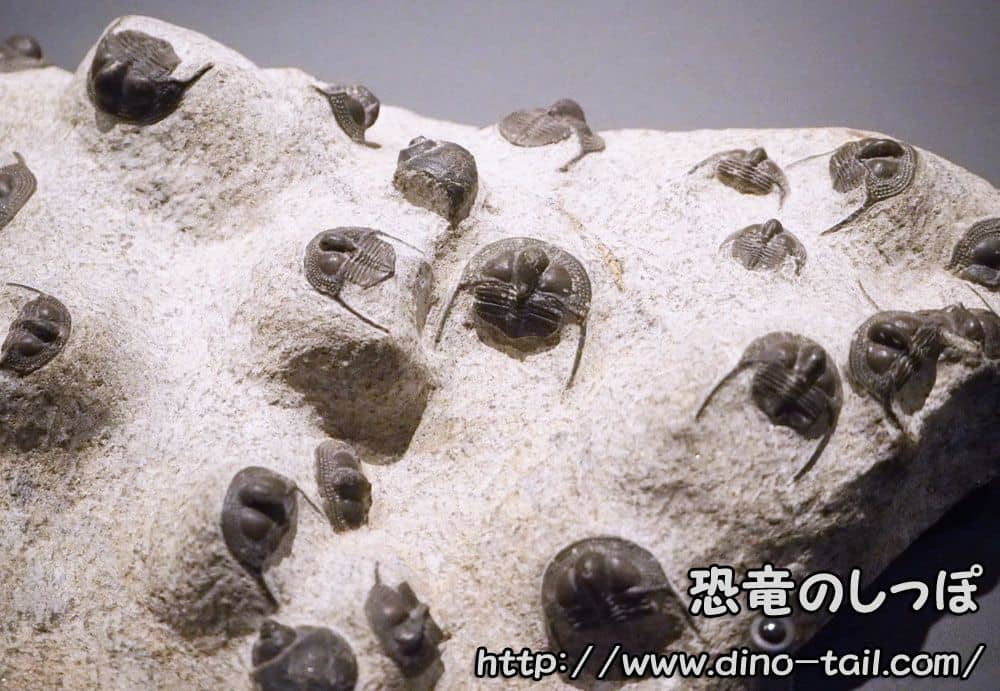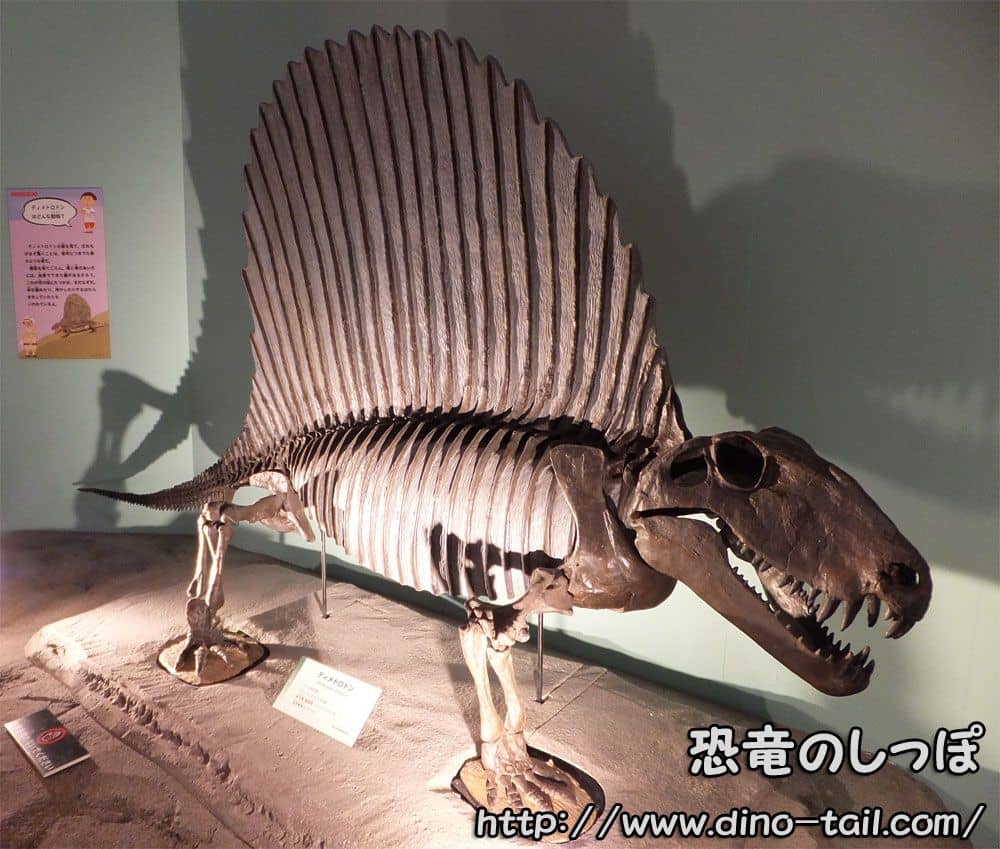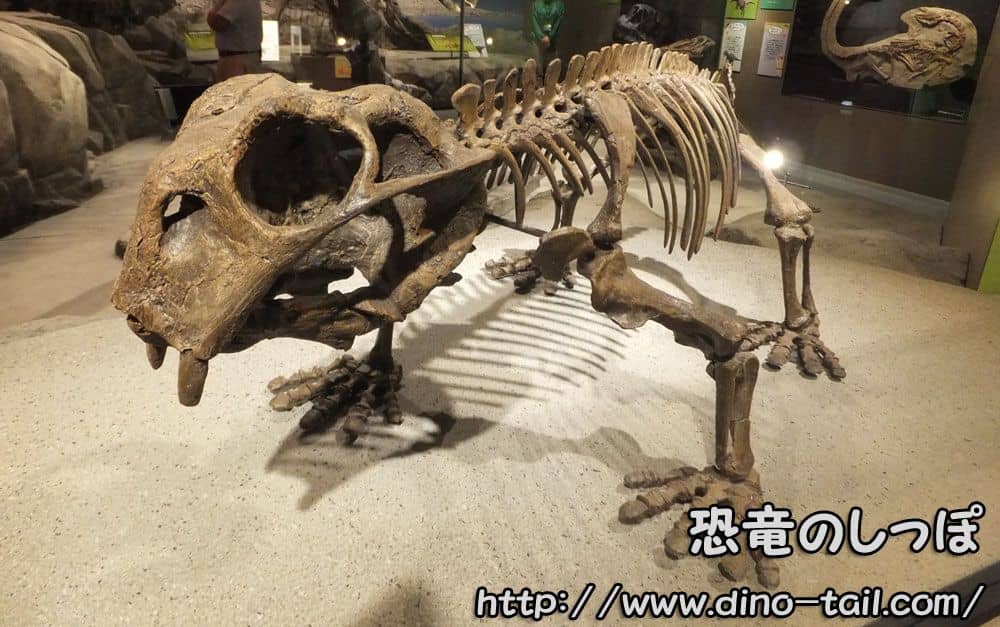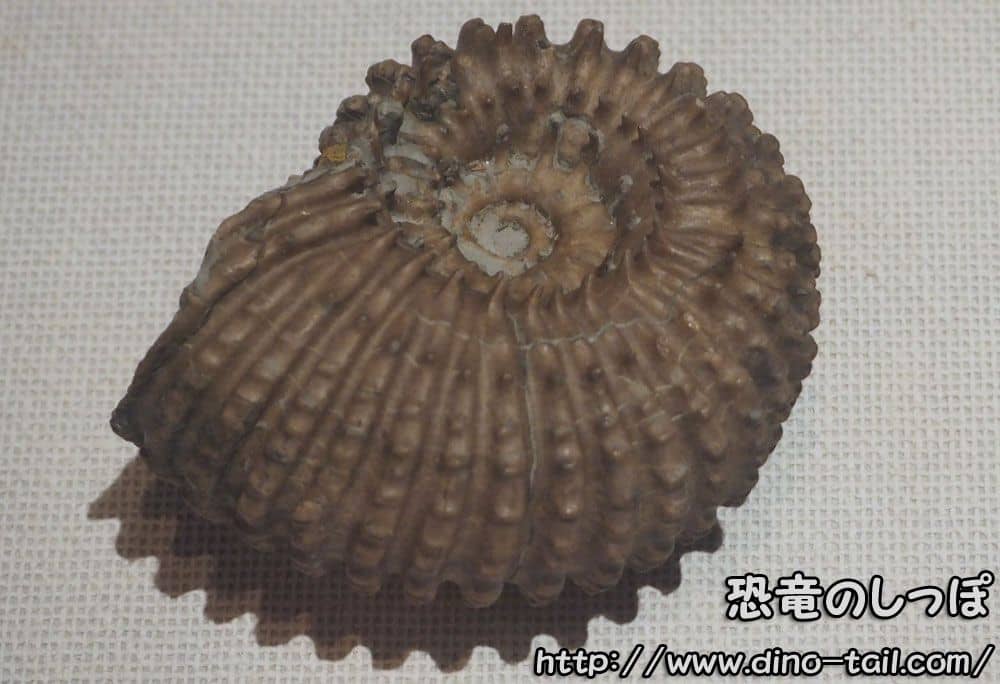In Earth's 4.6 billion-year history, life has experienced five mass extinctions, known as the Big Five.
And most biologists say that a sixth mass extinction is currently underway.
1st: The End-Ordovician Mass Extinction
This mass extinction occurred approximately 443 million years ago, wiping out 85% of all species.

An Ordovician trilobite
Seawater temperatures, which were as high as 42°C (about a hot bath) at the beginning of the Ordovician, cooled to 23°C by the end of the period. Ice sheets spread across the Gondwana continent (now Africa and South America) near the South Pole.
At this time, animals had not yet moved onto land, and the sea was their only habitat. The spread of massive ice sheets seems to have deprived organisms living in shallow coastal waters of their homes.
Additionally, NASA and the University of Kansas have jointly pointed out the possibility that a gamma-ray burst from a nearby supernova explosion could have caused the mass extinction.
Many previously prosperous species, such as brachiopods and conodonts, disappeared at this time.
2nd: The Late Devonian Mass Extinction
Approximately 374 million years ago, a decrease in oxygen levels in the sea and global cooling led to the extinction of 82% of all species.
Many marine organisms, such as armored fish, died out.
It is known that organisms living in lower latitudes had a higher extinction rate than those in higher latitudes.
Fish living in freshwater environments like rivers and swamps seem to have survived relatively well. While 87% of marine acanthodian species went extinct, only 30% of freshwater species did.
After this mass extinction, amphibians began to move onto land.
3rd: The End-Permian Mass Extinction
This mass extinction occurred approximately 251 million years ago. It is thought that 95% of marine life and over 90% of all species went extinct.
During this period, which was the largest extinction event in history, all species of trilobites, which were already declining, completely disappeared. Ammonites also suffered a major blow. It is believed that over 95% of ammonite genera vanished during the end-Permian mass extinction. The Goniatitida order of ammonites went extinct, but a few from the Ceratitida and Prolecanitida orders survived, carrying their lineage into the subsequent Triassic period.

There are several hypotheses about the cause of the extinction.
Theories proposed include [evidence of a worldwide regression of coastlines, which disrupted the food chain], and [large-scale volcanic activity releasing methane into the atmosphere, which reacted with oxygen, causing a sharp drop in oxygen levels]. It seems that the oxygen concentration, which was 35% from the late Carboniferous to the early Permian (about 299-280 million years ago), had dropped to a low of 12% by the early Triassic (about 250 million years ago). This rate of change in atmospheric oxygen would have been unbearable for most organisms.
In Siberia, there are massive lava deposits from the volcanic activity of this time. The eruptions are thought to have continued for over a million years, and the lava flows spread over an area of 7 million km², 19 times the size of Japan's landmass.
A combination of these events likely befell the organisms of the time, causing the worst mass extinction in history.
4th: The End-Triassic Mass Extinction

A synapsid (mammal-like reptile) that lived in the early Triassic
This mass extinction occurred approximately 199 million years ago. Many species of reptiles and large synapsids (mammal-like reptiles) went extinct. It is believed that 76% of all species died out. Recent research has revealed that there were multiple extinction events during this period (at least around 220 million and 201 million years ago), not just one. It is known that there were rapid sea-level fluctuations and intense volcanic activity.
Dinosaurs of this era were small, had short lifespans, and grew quickly, which likely allowed them to recover their populations rapidly. The dinosaurs that survived the end-Triassic mass extinction began to grow larger and diversify, filling the ecological niches left by the extinct species.
5th: The End-Cretaceous Mass Extinction

This mass extinction occurred approximately 66 million years ago (*1). 70% of all species, including dinosaurs, pterosaurs, ichthyosaurs, and ammonites (*2), went extinct.
Freshwater organisms were less affected, while terrestrial and shallow marine life suffered greatly.
The leading theory is that the direct cause was a meteorite impact off the coast of Mexico's Yucatán Peninsula about 66.04 million years ago (and the resulting environmental changes, such as acid rain).
(*1) The boundary between the end of the Cretaceous (Mesozoic) and the beginning of the Paleogene (Cenozoic) was formerly dated to "65.5 million years ago," but the International Commission on Stratigraphy changed it to "66.0 million years ago" in 2013. This roughly corresponds to the result of precise dating of the meteorite impact by planetary scientist Professor Paul Renne in 2015, which was "about 66.04 million years (±30,000 years).".

A species of ammonite that lived in the Cretaceous period. From France.
(*2) The extinction date of ammonites is now widely believed to be in the early Paleogene of the Cenozoic. While there is no doubt that they went extinct due to the climate change caused by the meteorite impact, ammonite fossils have been found in strata from tens to hundreds of thousands of years after the impact in the United States and the Netherlands. This was reported in a paper published by the Polish Academy of Sciences in 2005 and has gained broad support.
6th: The Ongoing Mass Extinction
Most biologists are sounding the alarm that "a sixth mass extinction is currently underway."
What distinguishes this from past mass extinctions is that it is caused by the actions (environmental destruction) of a single species: humans (Homo sapiens).
Currently, over 5,500 animal species are facing the threat of extinction.
It is said that 25% of mammals and 15% of birds are on a path to extinction within the next 40-50 years. For fish, reptiles, and amphibians, where the situation is less well understood, it is predicted that at least 1,200 species will disappear.
